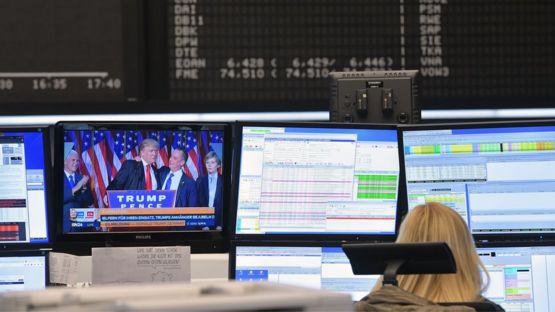Strong Growth in Jobs May Encourage Fed to Raise Rates
By NELSON D. SCHWARTZ
NOV. 6, 2015
The American economy added 271,000 jobs in October, the government reported Friday, a very strong showing that makes an interest-rate increase by the Federal Reserve much more likely when policy makers meet next month.
The unemployment rate dipped to 5 percent, from 5.1 percent in September. Average hourly earnings also bounced back, rising 0.4 percent in October after showing no increase in September; that lifted the gain to 2.5 percent over the last 12 months, the healthiest since 2009.
The combination of the surge in job creation, rising wages and the falling unemployment rate all increase the pressure on the Fed to finally move on rates after months of debate and uncertainty amid economic turmoil overseas. It also largely puts to rest any lingering fears of a new recession and suggests that the economy is likely to continue to improve as the nation heads into an election year.
“At last, a payroll report which makes sense,” said Ian Shepherdson, chief economist at Pantheon Macroeconomics. After two relatively weak reports that were hard to explain, given other, healthier economic data, he said, “this is consistent with all the advance indicators.”
“Barring a disaster in November,” Mr. Shepherdson said, “rates are going to rise in December.”
At 5 percent, the unemployment rate is very close to what would normally be considered the threshold for full employment by the Fed and many private economists.
The slack that built up in the labor market after the recession, however, has altered traditional calculations of how far unemployment can fall before the job market tightens and the risk of inflation rises.
The proportion of Americans who are in the labor force, which fell to a 38-year low of 62.4 percent for September, was unchanged last month.
This week, Janet L. Yellen, the chairwoman of the Fed, told a panel on Capitol Hill that an increase in December
was a “live possibility” if the economy continued to perform well.
Ms. Yellen left herself and the rest of the Open Market Committee of the Fed plenty of wiggle room, emphasizing that no decision had been made on whether to raise rates for the first time in nearly a decade. They will have an additional jobs report for November in hand by the time they gather for their last meeting of the year, on Dec. 15 and 16.
But the surprising strength of the economy in October puts the Fed on track to finally bring to an end an eight-year period of near-zero interest rates. Although the initial interest rate increase would be small, most likely a quarter of a percentage point, any increase would represent a new era for investors and borrowers here and abroad.
The Labor Department’s broadest measure of unemployment, which includes workers forced to take part-time jobs because full-time work is unavailable, fell to 9.8 percent in October from 10 percent in September. A year ago, it was over 11 percent.
With the strong October data, economists are already beginning to look beyond the first move to the question of how fast the Fed will have to make subsequent rate increases if the labor market continues to tighten.
“Regardless of the exact timing of the first rate hike, we still believe that the big story next year will be an unexpectedly strong pickup in wage growth and price inflation,” said Paul Ashworth, chief United States economist at Capital Economics. This trend, he said, “will force the Fed into a much more aggressive policy-tightening cycle than the Fed’s projections currently suggest.”
Before the report on Friday, economists had been anticipating a payroll increase of about 180,000 jobs, with the unemployment rate remaining unchanged from September’s level. The Labor Department revised upward the total number of jobs created in August and September by 12,000.
The picture of labor market strength evident in the data sent bond yields surging in the minutes after the release of the report, as traders rapidly adjusted for the likelihood of a December move.
Although a small proportion of total employment, manufacturing has been one source of weakness, losing more than 25,000 jobs over the summer amid softening demand from Asia and other export markets. The mining and logging sector has also been shedding jobs, cutting more than 100,000 positions this year as prices of oil, iron and other commodities have plunged.
Still, many other areas of the economy — like professional and business services, health care, and leisure and hospitality — have been very strong, with employment in each of those three sectors increasing by more than 30,000 jobs in September.
The pattern persisted in October: Factory jobs were unchanged, while mining and logging lost 4,000 positions. Professional and business services, meanwhile, recorded a huge 78,000 increase in jobs. Health care hiring was also robust, with a 56,700 increase.
White-collar employers like Ernst & Young, the accounting and consulting giant, have been on something of a hiring binge. Over the course of the company’s 2016 fiscal year, which began in July, Ernst & Young plans to hire just over 17,000 new employees in the United States, with roughly 10,000 joining straight out of college.
In July, August, and September, the firm added 2,500 more experienced accountants and consultants, said Dan Black, director of recruiting for the Americas.
“Whether it’s dealing with taxes, regulations or technology, our clients want help,” Mr. Black said.
Nearly all the positions, whether entry-level or for more experienced workers, require at least a bachelor’s degree, underscoring how crucial credentials and specialized skills have become in today’s job market.
Starting salaries for holders of newly minted degrees in fields like accounting, finance and computer sciences frequently range above $50,000 or $60,000, Mr. Black said. Veteran workers in hot fields like cloud computing and cybersecurity can command much more.
“For experienced talent, it’s a dogfight,” he said. “In 2008 and 2009, as companies cut back, we had our pick of the litter. Now it’s much more competitive.”


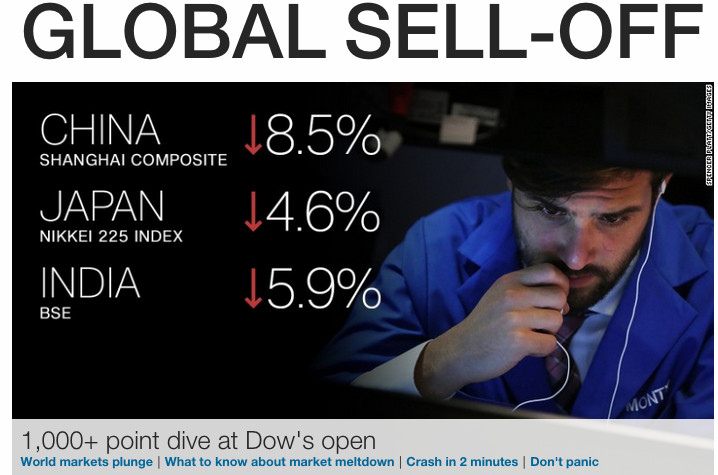
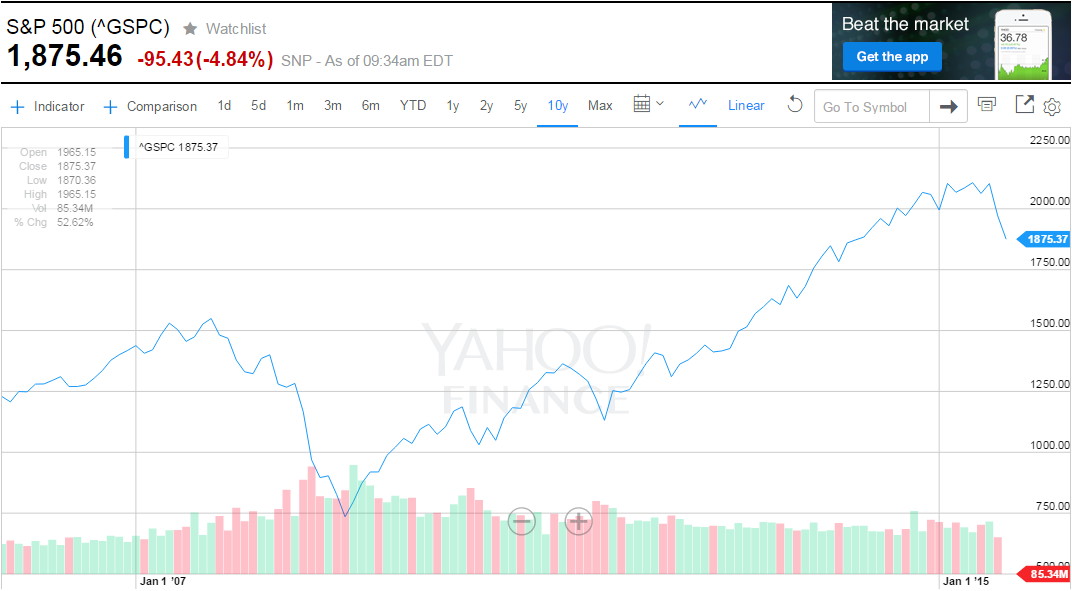



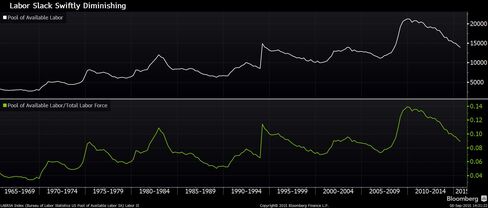


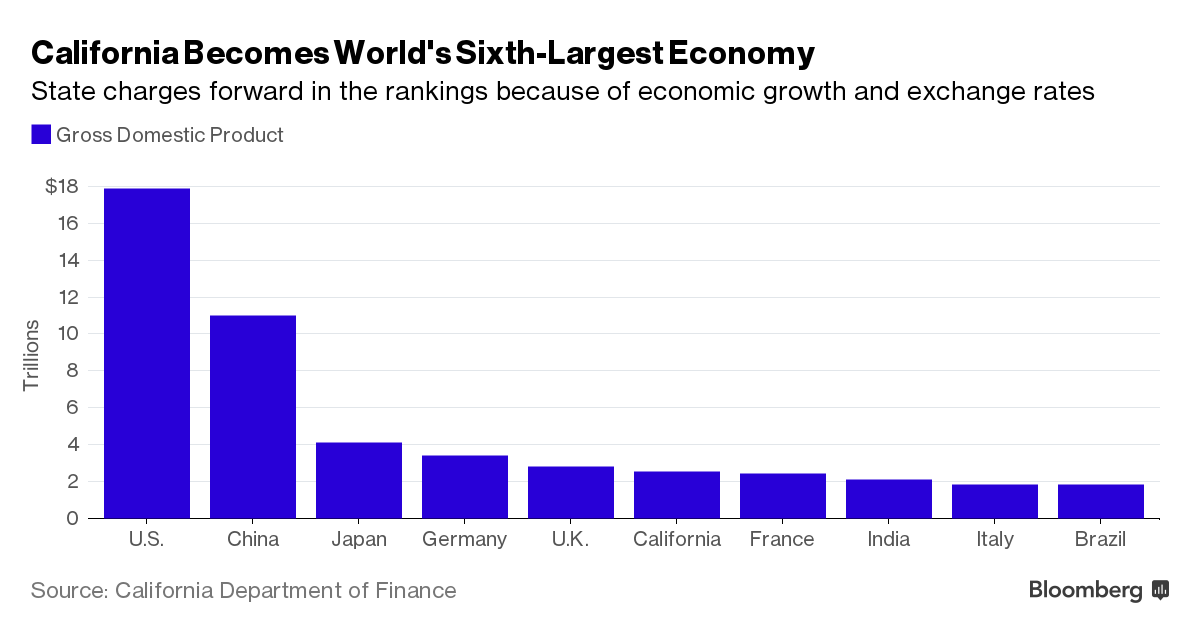
 .
.

